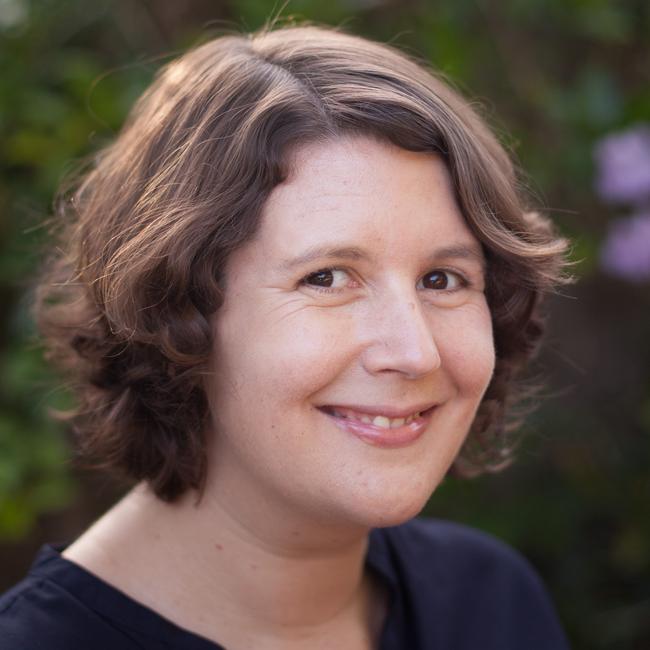Covid baby boom: Birth rates jump after record low
These are the top LGAs where Aussies are growing the next generation of families. Check our interactive map to see where your area sits.
National
Don't miss out on the headlines from National. Followed categories will be added to My News.
Australia has bounced back from a record low birth rate to a “baby bump”, nine months after peak lockdowns and work from home orders.
And some parts of the country are well and truly on the baby bandwagon.
New figures from the Australian Bureau of Statistics showed a national “total fertility rate” of 1.7 babies per woman in 2021 – up from 1.59 in 2020 and 1.67 in 2019.
The local government area of Paroo, which includes the south west Queensland town of Cunnamulla, recorded 3.42 babies per woman – the highest of any LGA in the country and just shy of the national peak of 3.55 babies per woman at the height of the ‘baby boom’ in 1961.
It was followed by the South Australian LGAs of Tumby Bay on the Eyre Peninsula (3.41 babies per woman) and Mount Remarkable in the Flinders Ranges (3.26), and the rural New South Wales town of Gilgandra (3.01).
Victoria’s highest birthrate was recorded in West Wimmera (2.65 babies per woman), Tasmania’s was in Circular Head (2.37) and the Northern Territory’s was in Central Desert (2.56).
University of Queensland population geographer Dr Elin Charles-Edwards said the uptick in births associated with Covid-19 followed the same trend as after Brisbane’s rolling blackouts in the 1980s.
“Australia is in a long-term downwards trend for fertility, as are many developed countries in the world, but we have seen a bit of a baby bump associated with Covid,” Dr Charles-Edwards said.
“We expected fertility might drop as people delay having children but it seems the opposite has been true.
“It’s possibly due to the fact people were working from home and spending more time with their partners so they had more exposure to the risk of pregnancy.
“We saw that happen in Queensland in the ‘80s with rolling blackouts – there was a bit of a bump nine months later.”

Although it was positive to see an uptick in Australia’s 2021 birthrate data, Dr Charles-Edwards said national fertility was nowhere near where it needed to be.
“The magic number demographers use is replacement fertility, so 2.1 (babies per woman),” she said.
“That’s one for mum, one for dad and a bit extra to offset mortality risk.
“No developed country has been able to maintain that.
“It’s (caused by) a whole raft of things … We are at school and university for longer, it takes longer to save for a house, we partner later so we have children later and that obviously impacts our overall family size.”
Dr Charles-Edwards, who herself welcomed a second child in 2021, said there was no easy solution to population decline but there needed to be a focus on gender equity.
“It’s about things like allowing women to transition back to the workforce, good childcare subsidies, extended maternity leave, understanding how even the domestic sphere is in terms of distribution of work,” she said.
“Ultimately, if we don’t have replacement fertility, our population will disappear, but that is a couple of hundred years down the track.
“In the immediate term, (the consequence is) fewer workers in relation to dependants.”
For Australians who do choose to grow their families over the coming years, the Federal Government’s new Budget has proposed cheaper child care and increased paid parental leave.
A $4.6bn package promises to cut childcare fees for 96 per cent of families by lifting the maximum childcare subsidy rate by as much as 90 per cent for families for their first child.
Meanwhile, $531.6m has been set aside for an extension of paid parental leave from 18 to 26 weeks, increasing by a fortnight each year until the full 26 weeks is available from mid-2026.
The leave can be shared between both parents, and includes a “use it or lose it” component to encourage shared child caring responsibilities.
More Coverage
Originally published as Covid baby boom: Birth rates jump after record low




